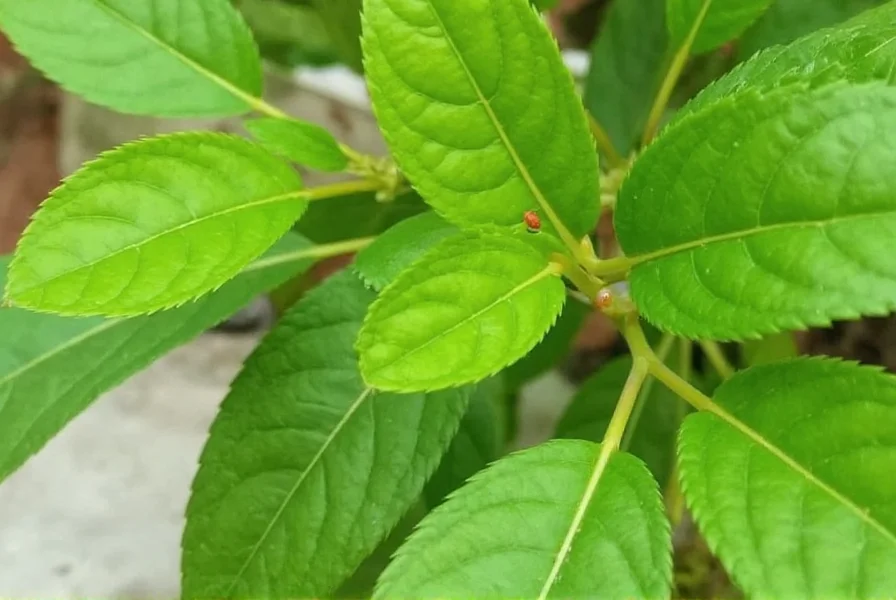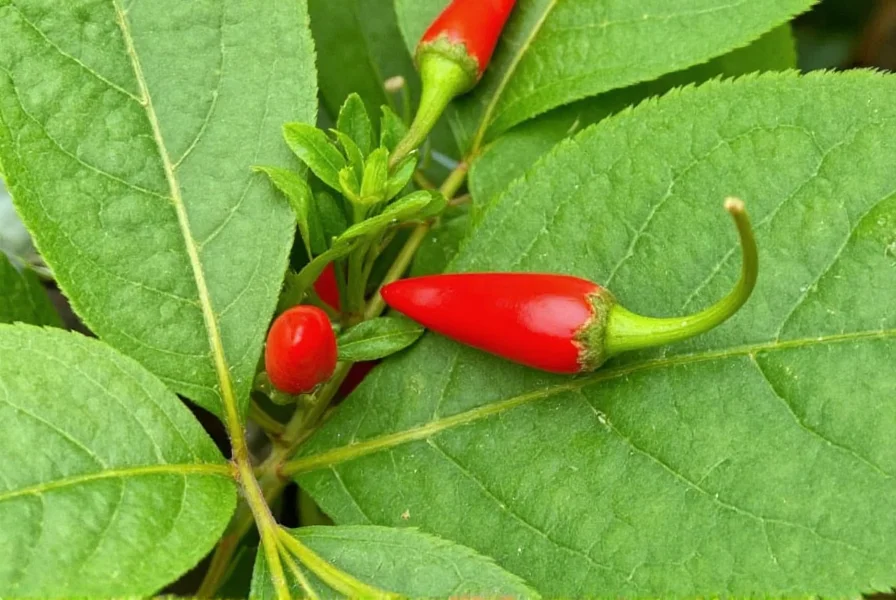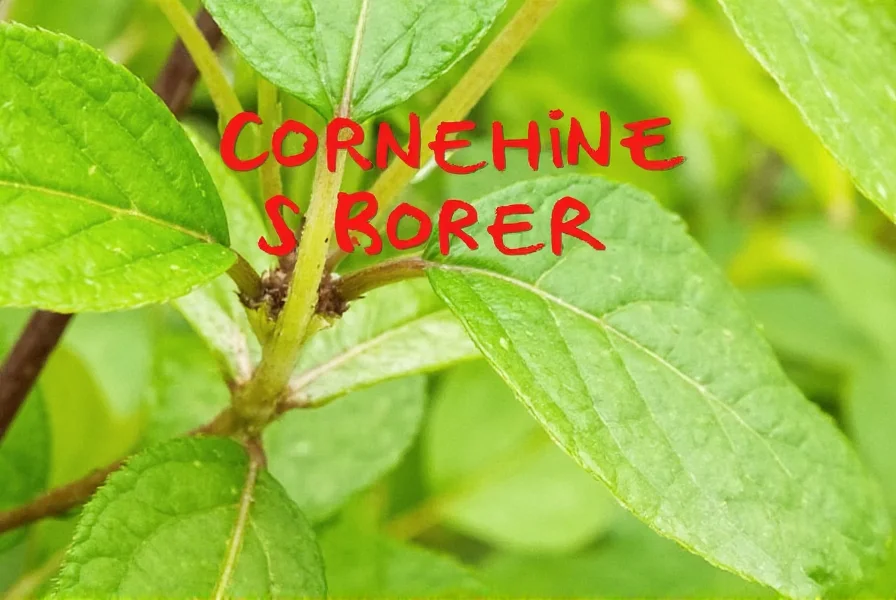Many gardeners seek natural alternatives to chemical pesticides, and cayenne pepper has gained popularity as an organic solution. Understanding the proper use of this kitchen staple in your garden ensures effective pest control without compromising plant health.
How Cayenne Pepper Works as a Pest Deterrent
Cayenne pepper contains capsaicin, the compound responsible for its heat. This substance affects mammals and insects through TRPV1 receptors, causing discomfort without physical damage. When properly diluted, it creates an unpleasant barrier that deters pests while remaining safe for most plants.
Research from agricultural extension services shows capsaicin-based sprays effectively repel:
- Rabbits and deer
- Aphids and spider mites
- Ants and slugs
- Squirrels and chipmunks
| Plant Type | Sensitivity to Cayenne | Recommended Concentration |
|---|---|---|
| Tomatoes, Peppers | Low sensitivity | 1-2 tablespoons per quart |
| Leafy Greens | Moderate sensitivity | 1 tablespoon per quart |
| Ornamental Flowers | Variable sensitivity | Test first, then 1 tbsp per quart |
| Seedlings | High sensitivity | Avoid use until established |
Proper Application Techniques to Prevent Damage
The key to using cayenne pepper safely lies in proper preparation and application. Many gardeners make the mistake of using undiluted pepper or applying during peak sunlight hours, which can cause phototoxicity.
Follow these science-backed guidelines for safe application:
- Mix 1-2 tablespoons of cayenne pepper with one quart of water and a few drops of liquid soap (as an emulsifier)
- Add the mixture to a spray bottle and shake well before each use
- Apply early morning or late evening to avoid sun exposure on wet leaves
- Test on a small section of plant first and wait 48 hours before full application
- Reapply after rain or every 7-10 days for continued protection

When Cayenne Pepper Might Harm Plants
While generally safe, certain conditions increase the risk of plant damage:
- Over-concentration: Using more than 2 tablespoons per quart can cause leaf burn
- Direct sunlight application: Moisture on leaves combined with intense sun creates burning conditions
- Sensitive species: Some plants like ferns, orchids, and certain herbs show higher sensitivity
- Seedling exposure: Young plants lack developed cuticles and are more vulnerable
If you notice leaf curling or discoloration after application, rinse plants thoroughly with clean water and discontinue use for that particular species.
Effective Alternatives for Sensitive Plants
For gardeners growing sensitive species or those who prefer additional options, consider these alternatives:
- Garlic spray (less likely to cause irritation)
- Neem oil solution (broader pest control)
- Soap and water mixture (for soft-bodied insects)
- Physical barriers like row covers
Remember that crop rotation and healthy soil practices provide the strongest foundation for pest resistance. A balanced ecosystem with beneficial insects often reduces the need for deterrents.
Maximizing Effectiveness While Protecting Plants
For gardeners using cayenne pepper as part of their integrated pest management strategy, these professional tips ensure optimal results:
- Combine with other deterrents like garlic or onion for broader protection
- Focus application on areas showing pest activity rather than whole-plant coverage
- Store unused solution in refrigerator for up to one week
- Wear gloves and eye protection when preparing and applying
- Apply consistently during peak pest seasons rather than sporadically

Scientific Perspective on Natural Pest Control
Horticultural research indicates that capsaicin-based solutions work through sensory deterrence rather than toxicity. A 2022 study published in the Journal of Organic Agriculture found that properly diluted cayenne solutions reduced pest damage by 65-78% across multiple vegetable varieties without affecting plant growth metrics.
The temporary nature of this protection means regular reapplication is necessary, but this also eliminates concerns about chemical buildup in soil or produce. Unlike synthetic pesticides, cayenne pepper breaks down quickly in environmental conditions, making it suitable for edible crops up to harvest time.
Practical Tips for Gardeners
Seasoned gardeners recommend these practical approaches when using cayenne pepper solutions:
- Start with lower concentrations and increase only if needed
- Apply to soil around plants to deter burrowing pests
- Combine with companion planting for enhanced protection
- Keep a garden journal to track effectiveness for different pests
- Always strain the mixture through cheesecloth to prevent clogging
Conclusion
When used correctly, cayenne pepper provides effective, chemical-free pest control without harming most plants. The key lies in proper dilution, appropriate application timing, and understanding your specific plants' sensitivities. By following science-based preparation methods and application guidelines, gardeners can safely incorporate this natural solution into their pest management strategy while maintaining healthy, productive plants.
Remember that the most resilient gardens combine multiple approaches: healthy soil practices, proper plant selection, companion planting, and targeted natural deterrents like cayenne pepper when needed. This integrated approach creates a balanced ecosystem where plants thrive with minimal intervention.











 浙公网安备
33010002000092号
浙公网安备
33010002000092号 浙B2-20120091-4
浙B2-20120091-4